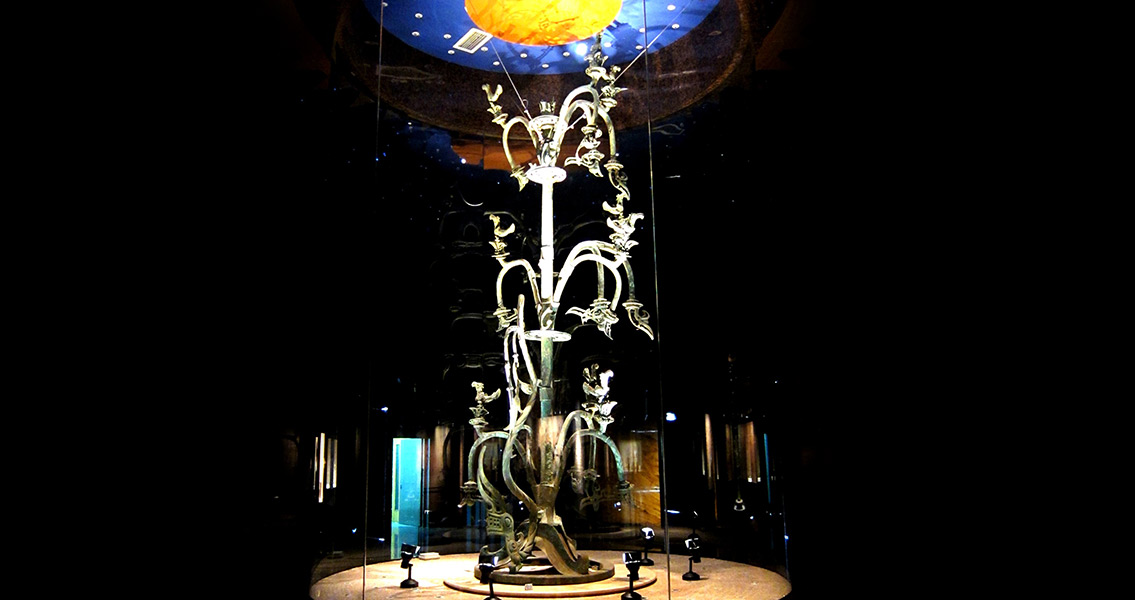<![CDATA[New research may finally explain the fate of a mysterious Chinese civilisation that flourished for thousands of years before abruptly vanishing 3,000 years ago. The Sanxingdui civilisation existed in what is now Sichuan province in China, between 3,000 and 5,000 years ago. A host of fascinating relics from the ancient civilisation suggest it was incredibly sophisticated and unlike anything else archaeologists have found from this period of Chinese history. Around 1 BCE the Sanxingdui suddenly stopped, and archaeologists have struggled to explain why. Previously, it had usually been theorised that the cause of the Sanxingdui's demise was either war or flood, explanations which co-author of the new study from the Tsinghua University, Niannian Fan, described as "not very convincing". According to the new study, an earthquake between 2,800 and 3,000 years ago caused massive landslides which dammed the Sanxingdui's main water source and diverted it elsewhere. The report concludes that the people of the ancient civilisation simply relocated to the new destination of their water supply. The study argues that the Sanxingdui people moved to an area called Jinsha, near Chengdu. A gold crown discovered at Jinsha could prove this, as it is engraved with a motif of arrows, birds and fish, a design very similar to that on a gold staff found in Sanxingdui. Further evidence has been gleaned from local historical records of the time. The researchers found that in 1099 BCE a major earthquake occurred in the capital of the Zhou dynasty in Shaanxi province. According to LiveScience, "Around the same time, geological sediments suggest massive flooding occurred, and the later-Han dynasty document ‘The Chronicles of the Kings of Shu’ records ancient floods pouring from a mountain in a spot that suggests the flow being rerouted". A farmer digging a well in 1929 unearthed the first evidence of the Sanxingdui culture, when he dug up a horde of distinct jade relics. For years archaeologists explored the area to find more traces of this mysterious civilisation, without success. In 1986 a group of workers stumbled upon two deep pits filled with artefacts that seemed to have been deliberately burned and buried. The objects excavated from the pits allowed a picture to be formed of Sanxingdui culture. Among the items were the world's largest and best preserved bronze statue of an upright figure, measuring nearly three metres in height. There was also a vast collection of large bronze masks, each with angular human features, almond shaped eyes, square faces and unusually large ears. Authors of the study from Tsinghua University admit that their conclusions on the fate of the Sanxingdui civilisation are still largely speculation, and in need of additional research. Even if its fate can be explained by a mass relocation, there is still a great deal to be learnt about this mysterious civilisation. Image courtesy of Wikimedia commons user: momo]]>
Fate of Mysterious Ancient Chinese Civilisation Explained
